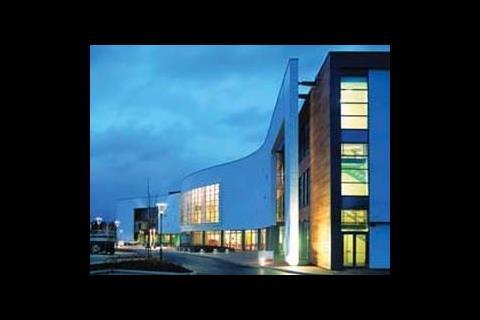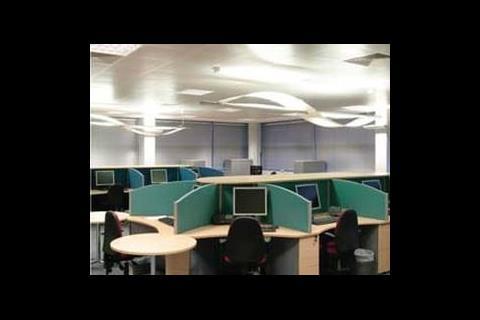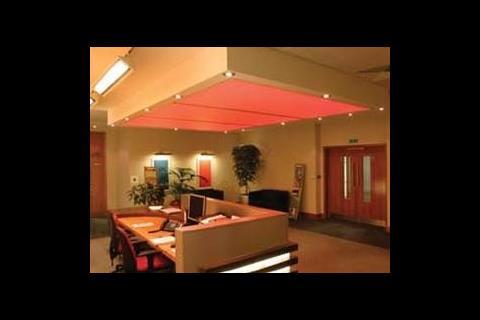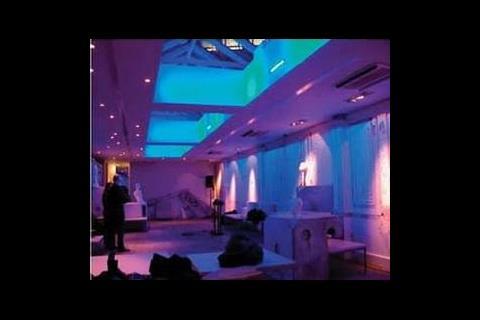The past
In the past, for example in the case of an office project, the individual with design responsibility, whether the engineer, consulting engineer, or architect, would look at the space and find out its use – in this case an office. This would trigger a search for guidance that would inevitably lead to a somewhat narrow piece of information. This may have pointed to other documents but timescale and budget would often dictate that the professional taking lighting responsibility would just try and get the basics right.
For the office space this meant a focus on the three basic issues that can be measured – lighting levels, uniformity and, in the case of spaces with visual display terminals, glare. A list of objective criteria, (usually numeric), was drawn up and then used as a tick list to judge a project's success. Clearly this approach is unacceptable and the modern office environment is littered with examples where, despite the numbers adding up on paper, user satisfaction is extremely low. It seems two plus two can sometimes make five.
The main problem with this design approach is its lack of concern for user satisfaction. Rarely would a conversation take place concerning their comfort. Within LG3 1996 and the HSE display screen directive 1990 searching for a reference to user satisfaction and comfort is like looking for a needle in a haystack, but they are there. And few professionals would go to this trouble when, if found, it would raise difficult questions and open up a whole new can of worms.
If the professional did stumble across user satisfaction at the end of the day guidance is guidance and you can choose to use it or not. The likelihood is that the easiest route would be taken.
The present
A coherent conversation is now taking place across a range of guidance that will be used by different individuals. The LG3 Addendum 2001, the new BCO guidance document and the BS EN 12464, may use different language and be presented in various ways but the documents deal with the same issues in generally the same manner. They ask for designed solutions for lighting rather than an emphasis on engineering principles as a way of complying with guidance.
To succeed, the lighting designer must consider visual impression and have the courage to make subjective judgements.
This marks a parting of the ways for standard lighting, with the lighting designer now having the opportunity of being involved in the more day to day lighting project rather than just in the much overused architectural lighting realm.
There is a distinction between the lighting designer and lighting engineer and now, more than ever, the client has the choice as to which professional he will use. However, whichever is used the emphasis on a design approach is clear.
Perhaps the most important point is made succinctly in the BS EN 12464 – 'It is the job of the designer to design'. With responsibility firmly entrenched within a design approach the new codes are not something we can hide behind. It is down to the specifier to take design responsibility. For example, we, Hoare Lea Consulting Engineers and Hoare Lea Lighting, are paid because we take design responsibility for what we do. If things do go wrong we can't say we were just following the guidance or blame the manufacturer.
If you are not sure what side of the lighting professional fence you fall on then maybe you need to check your basic design knowledge:
- Do you really understand a polar curve?
- Do you know what LOR stands for?
- Could you explain colour rendering to an architect or end-user?
- Do you know the difference between luminance and illuminance – can you explain this verbally and mathematically?
- Could you explain the importance of contrast ratio in lighting design?
Of course this list does not cover creativity – a prerequisite for design, and I'm not saying a lighting engineer should have all the answers to the above. But if you want to call yourself a lighting designer I would say that being able to understand and explain all these is essential.
Speaking as a lighting designer, guidance such as LG3 Addendum 2001, the new BCO guidance document and BS EN 1246, should always be seen as a springboard – it is where you start – not where you finish.
The lighting designer should look to expand on such information. Valuable additional guidance can be found in documents such as the UK's CIBSE/SLL Codes on lighting and Germany's Lighting with artificial light, published by The Society for Good Lighting.
The new guidance relating to lighting is not something for designers to hide behind. It is the job of the designer to design.
With the knowledge contained in such documents, the designer will be armed with the necessary facts, figures and legislation to engineer the space. However, these alone will not produce a good design – this is where the guidance stops and the design starts.
Successful design
Having started with the guidance, the designer must now address the design issues. These have sometimes been ignored by some of the engineering community. A typical comment I have heard is that what the space is actually going to look like is "not my issue because I am not a designer".
An architect, interior designer or a landscaper will generally begin the conversation with a client by discussing what the building or space may look like. When it comes to lighting, the starting point should be how we want the lighting to make the building or interior appear, and through the use of computer images and sketches it is possible to show the client realistic impressions. This could lead to discussion regarding issues such as light distribution, (both natural and artificial), and how various light patterns can give different interpretations to the space. Consultation regarding uplighting, downlighting, the use of warm light, cool light and the issues surrounding individual control, will assist in improving the environment, while also increasing understanding of the design decisions made.
To succeed therefore, the lighting designer must consider visual impression and have the courage to make subjective judgements without compromising practical guidance requirements.
Source
Building Sustainable Design
Postscript
Dominic Meyrick is principal of Hoare Lea Lighting.



























No comments yet